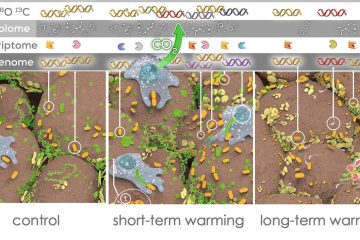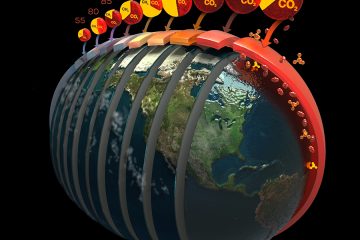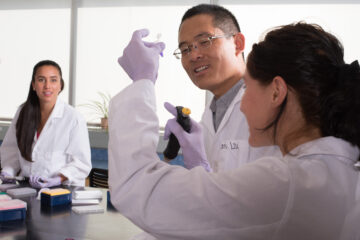Bruce Hungate Gives Keynote Address to the Goldschmidt Conference in Prague

Bruce Hungate, Director of Ecoss gave the keynote address to the Goldschmidt Conference in Prague this week for the session, “How do Biogeochemical Cycles Operate on a high-CO2 Planet?” The abstract for Dr. Hungate’s keynote address entitled “Rising CO2 and the Biogeochemistry of Soil Microbial Ecosystems” follows:
Rising atmospheric Carbon Dioxide (CO2) is expected to enhance carbon (C) storage on land. Field experiments now provide data to evaluate this expectation, and the results are mixed, with the patterns only partially explained by responses of plant growth. Some of the variation and remaining uncertainty involves plant growth, but at least an equal source involves another major biological influence on ecosystem C balance, microbial respiration. One critical puzzle is that the breakdown of soil C can slow or accelerate in response to inputs of new C substrates from root exudation and turnover, processes thought to increase with rising CO2. Responses are idiosyncratic: changes in the rates of soil C loss can increase or decline, be short-lived and quantitatively trivial, or long-lasting and dominating decadal-scale patterns of C cycling and storage. One hypothesis accounting for the idiosyncratic nature of priming is that the ecology of soil microorganisms is a central modulator. Here, I discuss two developments that have the potential to connect the population biology of soil microorganisms with the biogeochemistry of priming, focusing on taxon-specific microbial growth rates and ecosystem-scale biochemistry that provide insight on community-level patterns of C cycling during priming and in response to forcing, informing our understanding of the microbially-mediated feedbacks between terrestrial ecosystems and the changing atmosphere.



